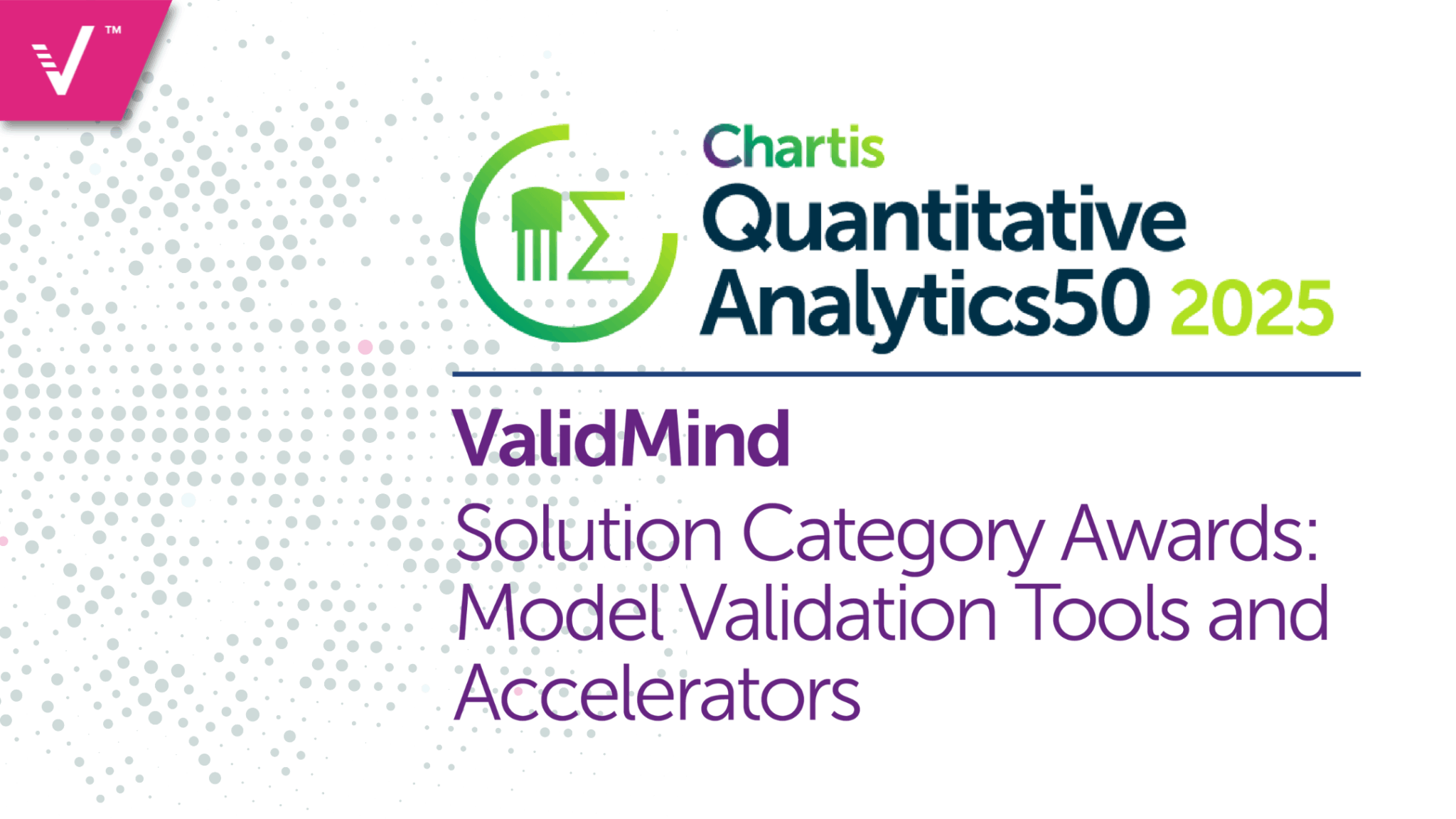Ensuring Stability: A Comprehensive Guide to Complying with OCC 2011-12 in Model Risk Management

The OCC 2011-12 guidance, issued by the Office of the Comptroller of the Currency (OCC) in 2011, has profoundly impacted banks and financial institutions, particularly in model risk management (MRM). This key document sets comprehensive expectations for managing the risks associated with models, emphasizing the need for a robust framework to prevent financial losses, reputational damage, and regulatory penalties. As financial institutions increasingly rely on complex models for decision-making, the OCC 2011-12 offers structured and disciplined approaches to mitigate these risks.
MRM Compliance
This guidance applies to all banks, savings associations, and holding companies, with a particular focus on the work of model risk management (MRM) teams. The OCC 2011-12 underscores the importance of using models correctly and understanding the associated risks, making it a key part of MRM practices in the financial industry.
For MRM teams, this regulation involves developing strong processes for model creation, validation, and ongoing monitoring to ensure models are reliable and fit for their intended purpose. The document highlights regulators’ increased attention to proper model use and risk management. MRM teams play a crucial role by setting up robust frameworks that include clear documentation, independent checks, and regular reviews to address any potential issues.
Ultimately, the OCC 2011-12 guide acts as a foundational resource for MRM teams, helping them maintain financial stability and meet regulatory expectations. MRM teams can comply by focusing on key areas such as model risk governing and policies, maintaining model inventories, monitoring and reviewing, and ensuring effective training and escalation procedures.
Discover another regulation | Understanding NIST: What All Model Risk Management (MRM) Teams Should Know
Building a Strong Foundation: Governance and Policy Development in Model Risk Management
To effectively manage model risk, it’s important to establish a governance structure with clearly defined roles and responsibilities. This structure should be seamlessly integrated into the institution’s broader risk management framework, ensuring that model risk management is not an isolated effort but a cohesive part of the overall strategy. Comprehensive policies must be drafted and enforced, guiding every stage of the model lifecycle—from development and validation to implementation and eventual retirement.
These policies should also provide a clear roadmap, ensuring consistency in managing model risks. Forming dedicated committees or working groups to oversee model risk management activities is crucial. These teams should regularly review practices to ensure alignment with established policies, fostering a culture of accountability and continuous improvement.
Keeping Track: Managing and Monitoring Your Model Inventory
Stated in the OCC 2011-12 guideline, maintaining an up-to-date inventory of all models used within the institution is essential for effective model risk management. This inventory should capture critical details for each model, including its purpose, underlying assumptions, limitations, and the most recent validation date. Regular monitoring of these models is crucial to ensure they continue to perform effectively in the face of changing conditions.
Periodic reviews should detect any performance degradation, allowing for timely interventions. Prompt updates and adjustments are necessary when issues arise, helping maintain model reliability and alignment with the institution’s risk management goals.
Learn about another regulation | A Model Risk Management Overview of E-23 Compliance Strategies
Empowering Teams: Training, Awareness, and Reporting in Model Risk Management
Continuous training for model developers, validators, and users is vital for maintaining high standards in model risk management. This training ensures that all stakeholders, from technical teams to decision-makers, understand the critical role that effective model risk management plays in the institution’s stability and success.
As per OCC 2011-12, clear reporting lines for model risk issues should be established, with regular updates to senior management and the board covering the status of model risks, emerging concerns, and validation outcomes. Significant issues must be escalated promptly to ensure swift and effective resolution, enhancing the institution’s ability to respond to model-related challenges.
Conclusion
The OCC 2011-12 guidance is a cornerstone for model risk management in banks and financial institutions. It equips MRM teams to handle the complexities of modern financial models by fostering a culture of accountability and continuous improvement. This approach ensures that models remain reliable, aligned with institutional goals, and resilient in the face of challenges, providing a foundational resource for navigating the intricacies of model risk with confidence.


